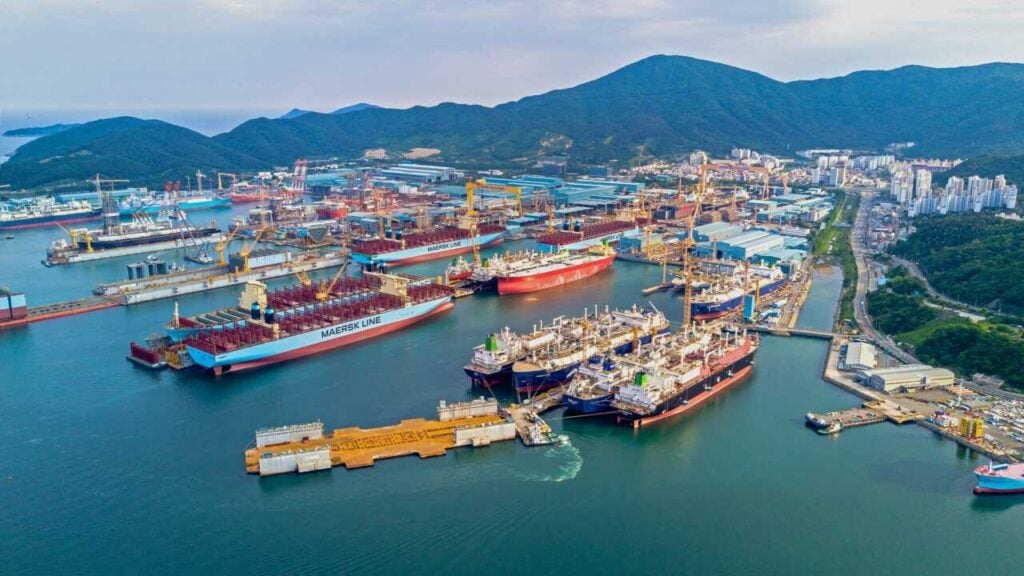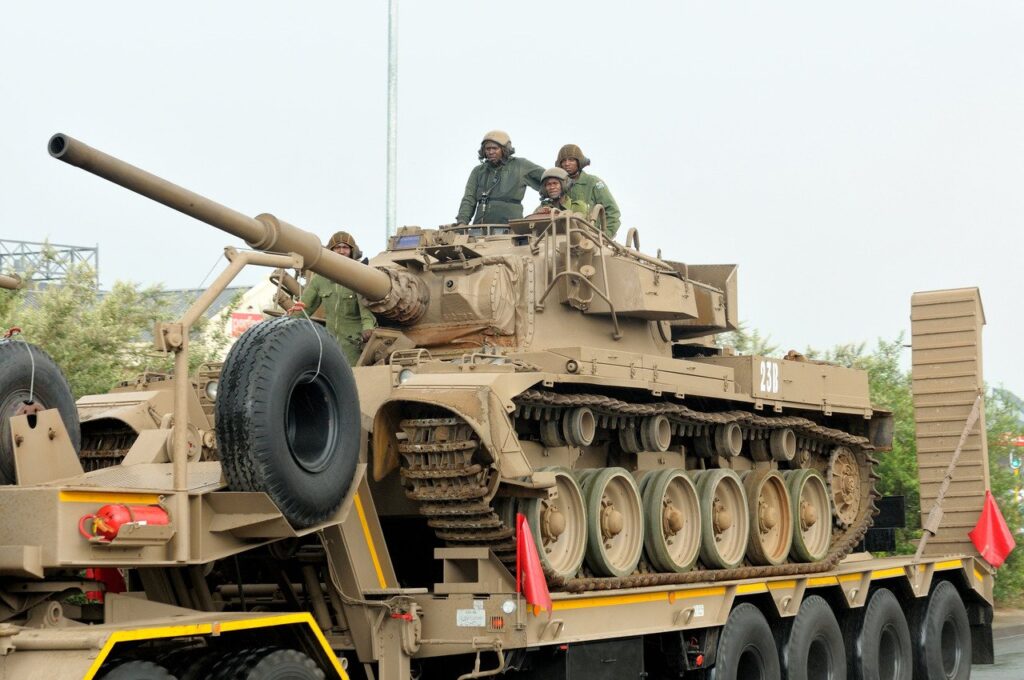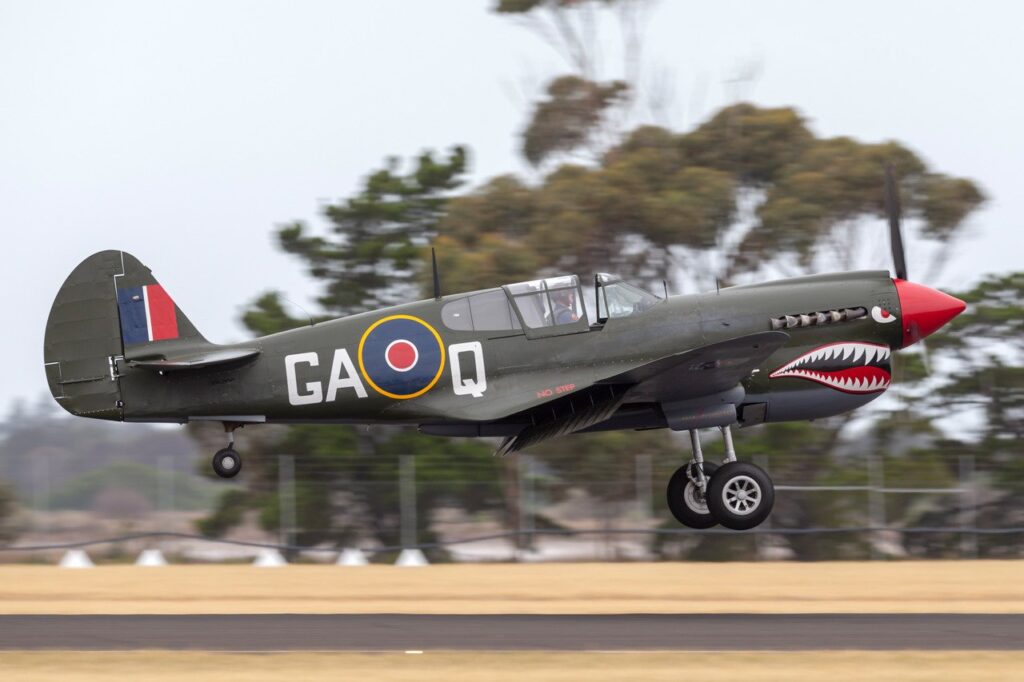
Meet the Type 59 Tank: The Old Backbone of the Chinese Army
Here’s What You Need to Remember: When the People’s Republic of China was proclaimed on October 1, 1949, the Gongchen Tank served as the lead armored vehicle in the military parade in Tiananmen Square. It remained in service under the new Communist Red China, until it was officially retired in 1959. Number 102 has been in the Military Museum of the Chinese People’s Revolution ever since.
Before the outbreak of the Second Sino-Japanese War in 1937, which merged into the Second World War when Japan attacked American and British forces in late 1941, the National Revolutionary Army of China under Chiang Kai-shek was armed with mostly aging European armor. This included the truly antiquated Renault FT tanks, which were “upgraded” to some extent with 37mm guns.
Fearing the Japanese more than the Chinese at the time, Soviet Russia also supplied the Nationalist Chinese with some 82 T-26 tanks, while tank crews were even trained under the supervision of Soviet specialists. The Soviet Red Army was already in the process of upgrading its armored forces and supplied the same T-26 tanks to the Republican forces in Spain as well.
Later during World War II the American’s also supplied a few M3 Stuarts and M4 Shermans, and those tanks were put to good use stopping Japanese attacks.
The First Domestic Chinese Tank
After the defeat of the Nationalist forces during the Chinese Civil War, the People’s Liberation Army (PLA) of the People’s Republic of China began to develop its own tank force. But it took until 1959 for the Chinese to develop the Type 59 main battle tank (MBT), and in truth it was little more than a Chinese-produced version of the Soviet T-54A, which had been developed after World War II to replace the venerable T-34.
The T-54A was supplied to China under the Sino-Soviet Friendship Treaty after the Korean War. The Chinese military leadership negotiated with the Soviets to acquire the blueprints and assembly know-how to domestically produce their own version. The Type 59 subsequently became the backbone of the Chinese Army, and it was the longest PLA tank production to date, spanning all the way until 1985 when nearly 10,000 were produced in a number of variations. Moreover, it also served as the basis for several other MBTs including the light Type 62, the Type 69, and the Type 97.
However, the Type 59 was not the first domestically-built (or at least modified) tank used by the PLA.
In 1945, the Japanese surrendered large numbers of the Type 97 Chi-Ha ShinHoTo, but most were handed over to the Kuomintang (KMT) or Nationalist forces. However, the Chinese PLA also captured a pair of the tanks at the Imperial Japanese Arsenal in Shenyang, and these were given the designations 101 and 102.
The PLA troops also forced a group of captured Japanese personnel to help repair/refurbish the tanks. Before the work was completed, the Japanese engineers successfully sabotaged 101, leaving the Communists forces with just the one functional but nearly complete tank.
The Number 102 Tank
That particular tank has become the stuff of legend. It was used by the Northeast Special Tank Brigade with thirty soldiers. The tank was used to smash through a wall to help the PLA unit successfully escape from Shenyang as the KMT retook the city.
The number 102 tank then took part in various actions and according to PLA propaganda it was used to kill upwards of 3,000 KMT soldiers. It was later used in the October 1948 action at the Battle of Jinzhou along with other Type 97 tanks, and somehow it survived largely undamaged. Dubbed the “Gongchen” or “Heroic” tank, it took part in the Liaoshen and Tianjin Campaigns and drove within the walls of Peiping in February 1949.
When the People’s Republic of China was proclaimed on October 1, 1949, the Gongchen Tank served as the lead armored vehicle in the military parade in Tiananmen Square. It remained in service under the new Communist Red China, until it was officially retired in 1959. Number 102 has been in the Military Museum of the Chinese People’s Revolution ever since.
There were other Type 97 Chi-Ha tanks that were produced in China during World War II and later used by the KMT, but it is the Gongchen Tank that remains the most remembered tank today in the People’s Republic of China.
Peter Suciu is a Michigan-based writer who has contributed to more than four dozen magazines, newspapers and websites. He is the author of several books on military headgear including A Gallery of Military Headdress, which is available on Amazon.com.
Image: Wikipedia.


